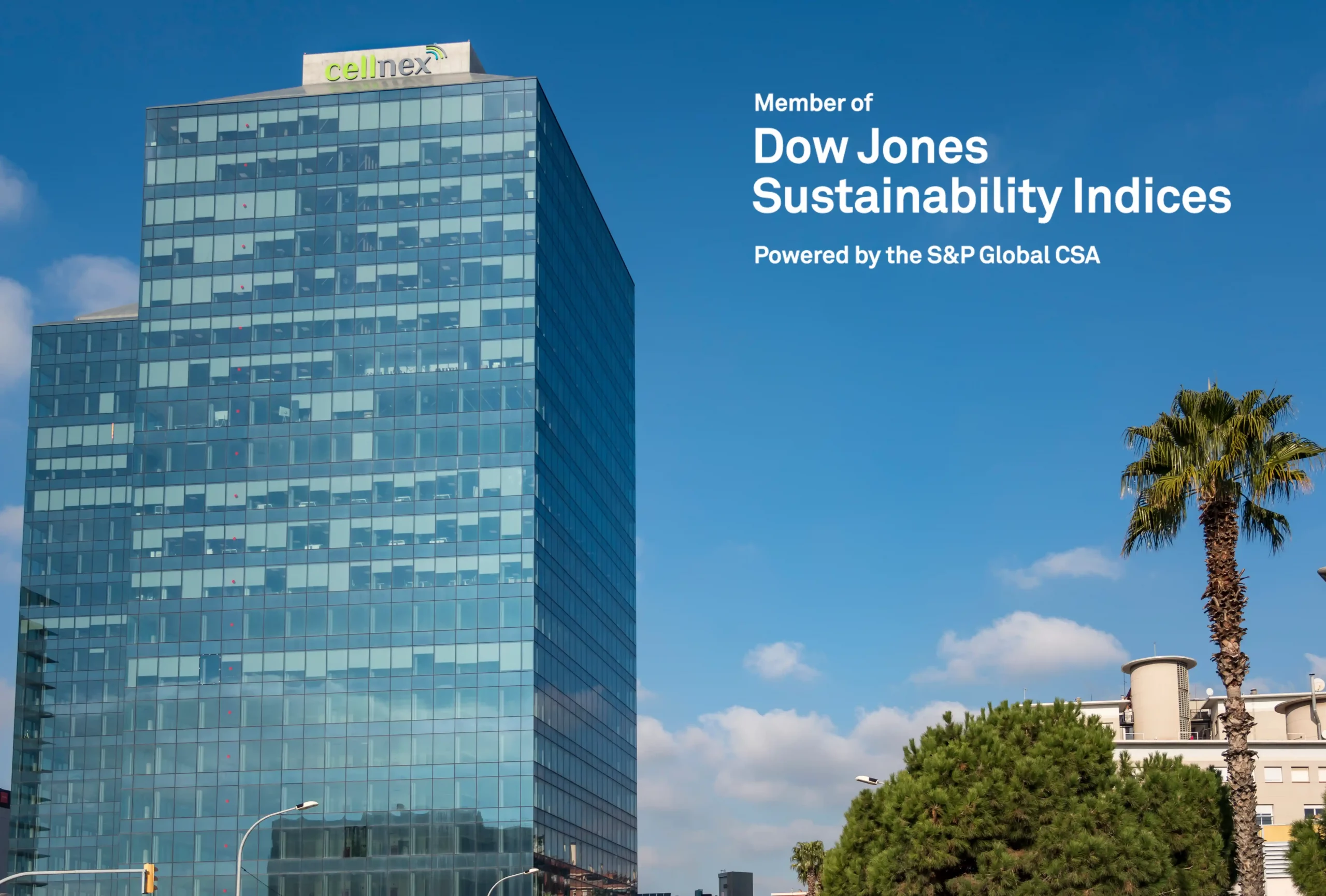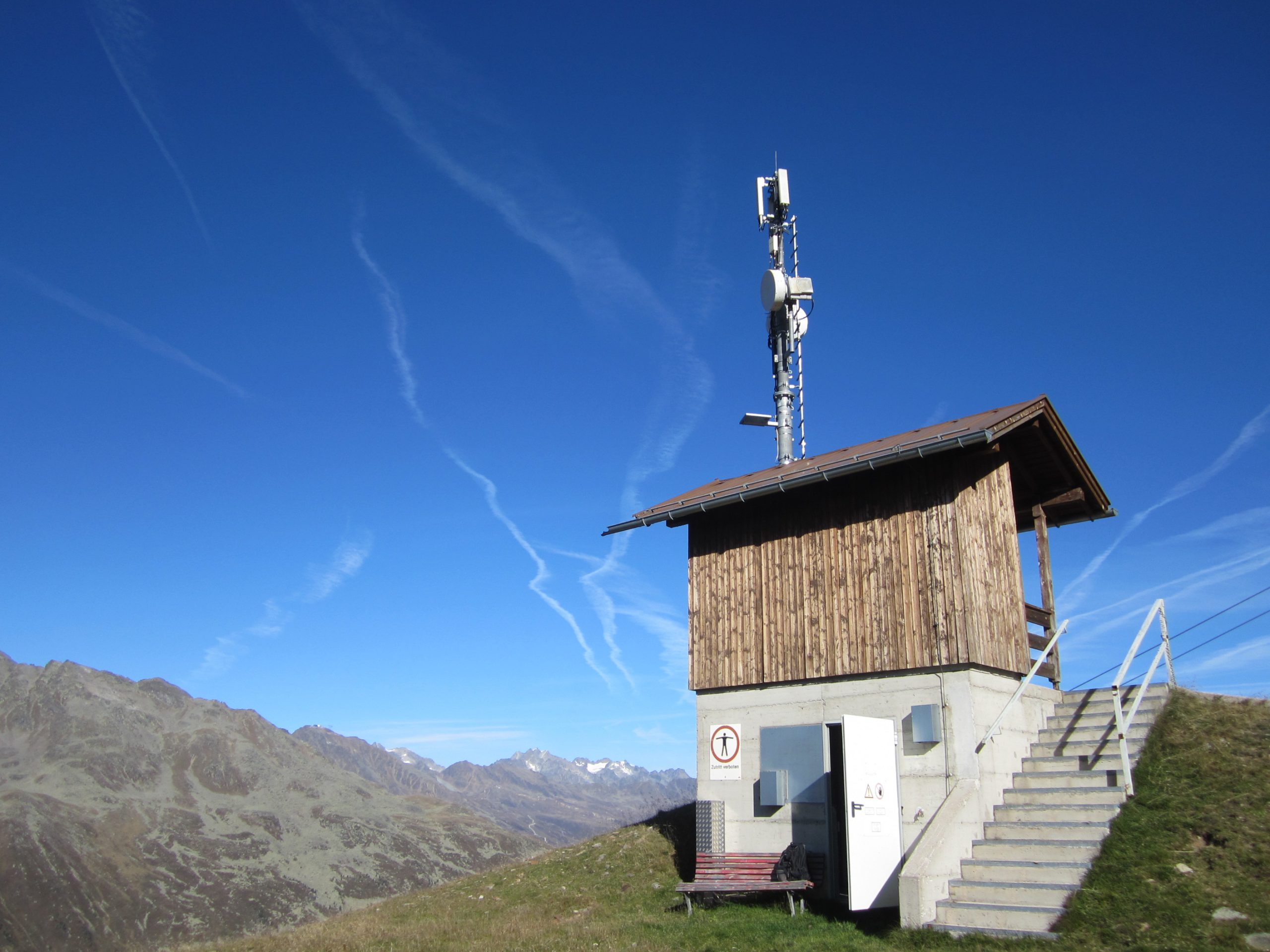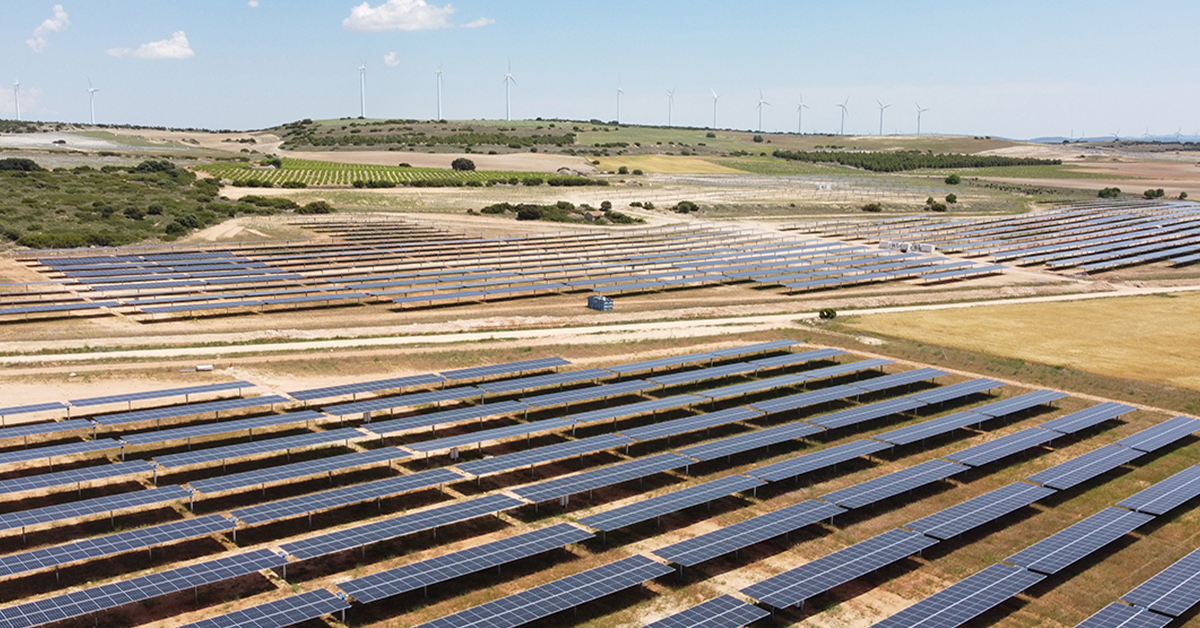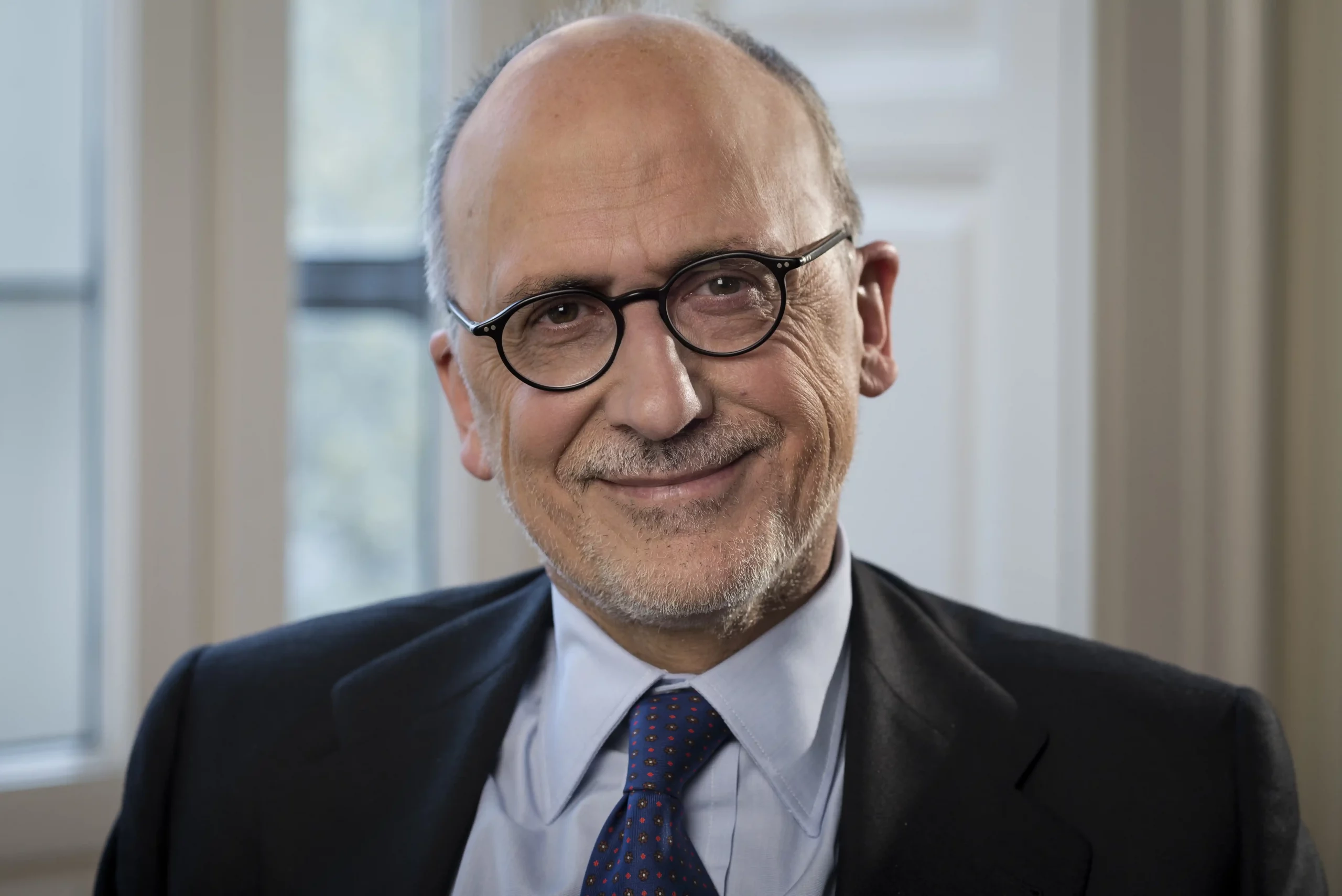Dla mediów

- 13 Apr 2016
- ·
- Global
Cellnex Telecom is committed to the role of independent telecommunications infrastructure operators
As part of the TowerXchange Meetup Europe 2016 held in London
Cellnex Telecom is committed to the role of independent telecommunications infrastructure operators in rolling out next-generation networks
- Cellnex Telecom CEO Tobias Martinez has been interviewed on a panel exclusively dedicated to what TowerXchange has described as “the company with the biggest growth potential in the sector in Europe”.
- Tobias Martinez underlined the role of the independent telecommunications infrastructure operator in accelerating the roll-out of infrastructures and technologies required to make mobile broadband a reality.
- He highlighted the priority markets in terms of the company’s geographic growth and how the concept of signal’s transport networks sharing will gain ground apace with the densification of the new infrastructure network based on the small cells that must complement currently deployed networks, and which will be essential for the availability of a genuine mobile broadband.
London, 13 April 2016. .- Tobias Martinez, CEO of Telecom Cellnex, spoke this morning at the first TowerXchange Meetup Europe, which is being held this week in London.
TowerXchange (http://www.towerxchange.com) is a think tank that focuses on the telecommunications infrastructure sector. It fosters discussion and interaction among experts from the sector throughout the entire value chain, from investors to operators, including regulators, technology suppliers, academicians, as well as the key mobile operators, etc.
Tobias Martinez spoke as part of a panel dedicated exclusively to Cellnex Telecom, which TowerXchange considers to be the infrastructure operator with the biggest growth potential in Europe, through acquisitions.
Mr Martinez stressed that, beyond the company’s joint offer with F2i to gain majority control of Telecom Italia’s infrastructure subsidiary Inwit, Cellnex’s plans for growth in Europe include potential projects in France, Italy, the UK and Germany, while keeping the door open to other markets within the European Union.
Telecom Cellnex’s track record over the last few months was another of the issues covered in Mr Martinez’s speech, in which he expressed his satisfaction with the “development of the various areas of the company in a context of a marked dynamic of change and transformation, with milestones such as the acquisition of the 7,800 sites from WIND in March 2015 and the subsequent Cellnex’s IPO in May of the same year.”
Mr Martinez also highlighted the main strategic lines for the future of the company: “The areas of growth that Cellnex Telecom has set itself for the coming years are the rationalisation of sites, service management agreements in countries offering opportunities for expansion in the medium and long term, and plans to roll out small cells in areas of high data traffic in urban areas.”
In this regard, Martinez emphasised the critical role of telecommunications infrastructure operators as a vehicle for enabling society to enjoy all the possibilities that technology currently offers: “If we really want a real mobile broadband, then infrastructure operators must plan, alongside with our customers, a higher densification and greater capillarity of signal’s transport technologies. Combining a further rationalisation and better connectivity –e.g. with fibre optics backhaul−, of the existing passive network (the traditional towers or “macrocells”); with the deployment of small cells networks in the nearby urban environment (traffic lights, street lights, bus stops, interiors of buildings and public spaces, etc.), which provide less coverage range, but enhance transmission capacity to meet the uplink and downlink needs of a large number of simultaneous users.
There is still a long way to go and all of us – infrastructure operators, customers who provide their services, content and applications to end users, and local authorities – must work together to achieve a fast and efficient roll-out so that these infrastructures can provide service to various network suppliers, promoting the “sharing” concept rather than the “ownership” concept.
About Cellnex Telecom
On 19 February Cellnex Telecom presented its results for the financial year 2015, the first following the segregation of Abertis Infraestructuras and the flotation of the company on 7 May 2015. Of note were the 40% increase in revenue to € 613 million, and growth in recurring EBITDA to € 235 million (up 32%). Net profit stood at € 48 million. Cellnex generates 35% of its revenue in Italy
Since it acquired the portfolio of telecommunications towers from WIND in Italy, Cellnex Telecom has become Europe’s leading independent operator of wireless communications infrastructure, with a total portfolio of 15,119 towers. Cellnex operates in three business areas: mobile telephony infrastructures; audiovisual broadcasting networks, security and emergency service networks and solutions for smart urban infrastructure and services management (smart cities and the “Internet of Things” (IoT)).






























